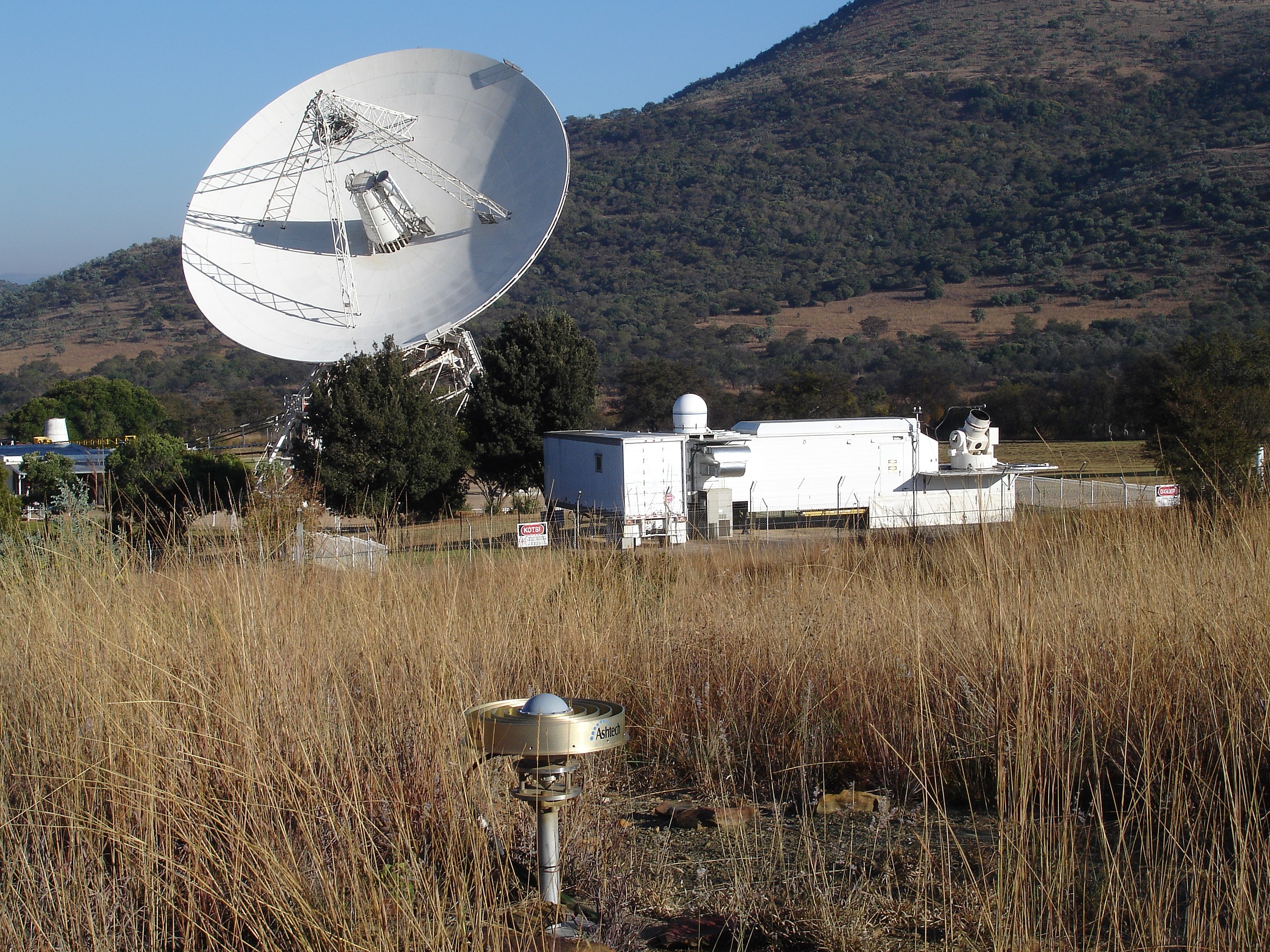Review of the Space-Geodetic Program at HartRAO, South Africa, June 20-24, 2016
Underlining the importance of geodesy for sustainable development and observing climate change and sea level rise
The director of MARI, Hans-Peter Plag, was invited in Spring 2016 by the National Research Foundation (NRF) of South Africa to be one of the three reviewers (the only international one) who reviewed the space-geodetic program of the Radioastronomy Observatory at Hartebeesthoek, South Africa (HartRAO). The review panel was convened by Prof. Frederik Scholtz, National Institute of Theoretical Physics, Stellenbosch, South Africa, and included as third reviewer Dr. Derek Clarke, Chief Directorate: National Geo-Spatial Information, Capetown, South Africa. The review took place during the week of June 20, 2016, mainly at the offices of the NRF in Pretoria, and included a full day visit at HartRAO, during both the observatory staff and several graduate students were interviewed. Based on document reviews and interviews with leadership representatives of NRF, the Department of Science and Technology, the South African National Space Agency (SANSA), and the Square-Kilometer Array, the staff at HartRAO, and several stakeholders, an assessment report was prepared by the panel and presented to NRF representatives and stakeholder. The report and the response of the HartRAO management are now available. Read the Report and the Management response ...
The assessment report underlines the fundamental role HartRAO plays as one of only two fundamental geodetic stations on the Southern Hemisphere for the accuracy of the global celestial and terrestrial geodetic reference frames and Earth Orientation Parameters, on which all accurate measurements depend, be it the accurate positioning of objects on the Earth surface of in space, satellite observations of sea level, water storage, and many other climate and global change related parameters, the sending out of spaceships into the solar system, or the monitoring of progress towards the Sustainable Development Goals (SDGs). The report recommends not only to continue HartRAO but also to increase the resources to ensure that this station can continue to serve the global community.
|

View of HartRAO, one of only two fundamental geodetic stations on the Southern Hemisphere and a cornerstone in the Global Geodetic Observing System (GGOS, see also GGOS 2020). In front is the GPS antenna. The white building contains equipment for Satellite Laser Ranging (SLR) and Lunar Laser Ranging (LLR). The large antenna is 26 m antenna used for Very Long Baseline Interferometry (VLBI) and single-dish astonomical observations.

The director of MARI, Prof. Hans-Peter Plag (middle) with Dr. Derek Clarke, Chief Directorate: National Geo-spatial Information, SA (left), and Prof. Frederik Scholtz (convener), National Institute of Theoretical Physics, SA (right) during a review of the geodetic program at HartRAO, the Radio-Astronomy Observatory at Hartebeesthoek, South Africa on June 24, 2016 at the National Research Foundation of South Africa.
|